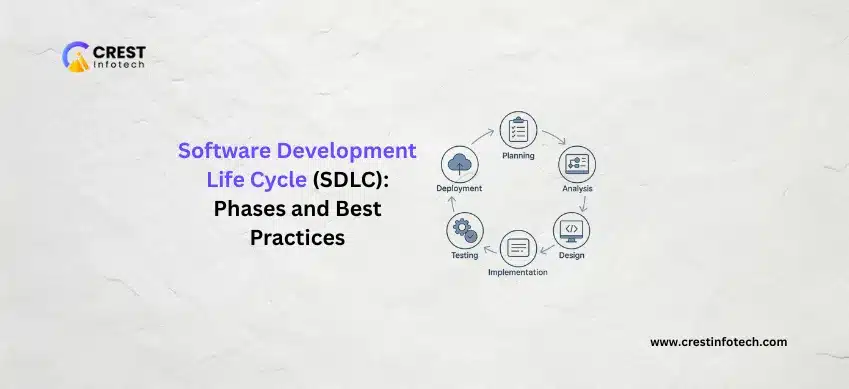As we step into 2024, the landscape of web development continues to evolve at a rapid pace. New technologies, design philosophies, and user expectations are shaping the future of the web. Staying updated with the latest trends is crucial for developers and businesses alike to create cutting-edge, user-friendly, and efficient websites. Here are ten essential web development trends to watch in 2024.
1. AI and Machine Learning Integration
Artificial Intelligence (AI) and Machine Learning (ML) are transforming web development by enabling more personalized and efficient user experiences. From chatbots and virtual assistants to personalized content recommendations, AI and ML are helping websites to become more interactive and user-centric. Developers are increasingly integrating AI-driven features to enhance functionality and user engagement.
2. Progressive Web Apps (PWAs)
Progressive Web Apps (PWAs) continue to gain traction due to their ability to combine the best features of web and mobile applications. PWAs offer offline access, faster load times, and a more app-like experience without requiring a download from an app store. As more businesses aim to improve user experiences across devices, PWAs are becoming a popular choice.
3. Voice Search Optimization
With the rise of smart speakers and voice assistants, optimizing websites for voice search is becoming essential. Voice search requires a different approach to SEO, focusing on natural language and conversational queries. Developers need to ensure their websites can effectively handle voice searches to remain competitive in an increasingly voice-driven digital world.
4. WebAssembly (Wasm)
WebAssembly (Wasm) is a binary instruction format that enables high-performance applications on the web. It allows developers to write code in multiple languages (such as C, C++, and Rust) and run it at near-native speed in the browser. Wasm is revolutionizing web development by enabling more complex and performance-intensive applications, such as gaming, CAD applications, and video editing tools, directly in the browser.
5. Serverless Architecture
Serverless architecture is gaining popularity as it allows developers to build and deploy applications without managing the underlying server infrastructure. Services like AWS Lambda, Google Cloud Functions, and Azure Functions enable a serverless approach, which reduces operational costs and allows for more scalable and efficient applications. This trend is expected to continue growing as businesses seek more agile and cost-effective solutions.
6. Motion UI
Motion UI involves using animations and transitions to enhance the user interface and experience. As users increasingly expect dynamic and engaging websites, incorporating subtle animations, parallax effects, and micro-interactions can make websites more visually appealing and intuitive. Motion UI helps to guide users, provide feedback, and create a more interactive experience.
7. Single Page Applications (SPAs)
Single Page Applications (SPAs) are web applications that load a single HTML page and dynamically update content as the user interacts with the app. SPAs offer a smoother and faster user experience by reducing the need to reload entire pages. Frameworks like React, Angular, and Vue.js are popular choices for developing SPAs, and their use is expected to grow as businesses seek to deliver more responsive and seamless experiences.
8. Enhanced Cybersecurity
With the increasing number of cyber threats, enhancing cybersecurity measures is a top priority for web developers. Implementing stronger authentication methods, such as multi-factor authentication (MFA), and ensuring secure data transmission through HTTPS are essential practices. Additionally, developers are focusing on secure coding practices and regularly updating software to mitigate vulnerabilities and protect user data.
9. Jamstack Architecture
Jamstack architecture is gaining momentum due to its ability to improve performance, security, and scalability. Jamstack involves decoupling the front end and back end, using JavaScript, APIs, and Markup (hence the name Jamstack). By serving pre-built static pages and using APIs to handle dynamic content, Jamstack websites can deliver faster load times and enhanced security.
10. Augmented Reality (AR) and Virtual Reality (VR)
AR and VR are no longer confined to gaming and entertainment; they are making their way into web development to create immersive and interactive experiences. E-commerce websites are using AR to allow customers to visualize products in their environment, while VR is being used for virtual tours and interactive storytelling. As AR and VR technologies become more accessible, their integration into web development is set to increase.
Conclusion
The web development landscape in 2024 is shaped by advancements in technology and evolving user expectations. By staying abreast of these trends, developers can create more innovative, efficient, and engaging websites. From AI integration and voice search optimization to enhanced cybersecurity and immersive AR/VR experiences, the future of web development promises to be exciting and full of potential. Embracing these trends will be key to staying ahead in the ever-competitive digital world.



